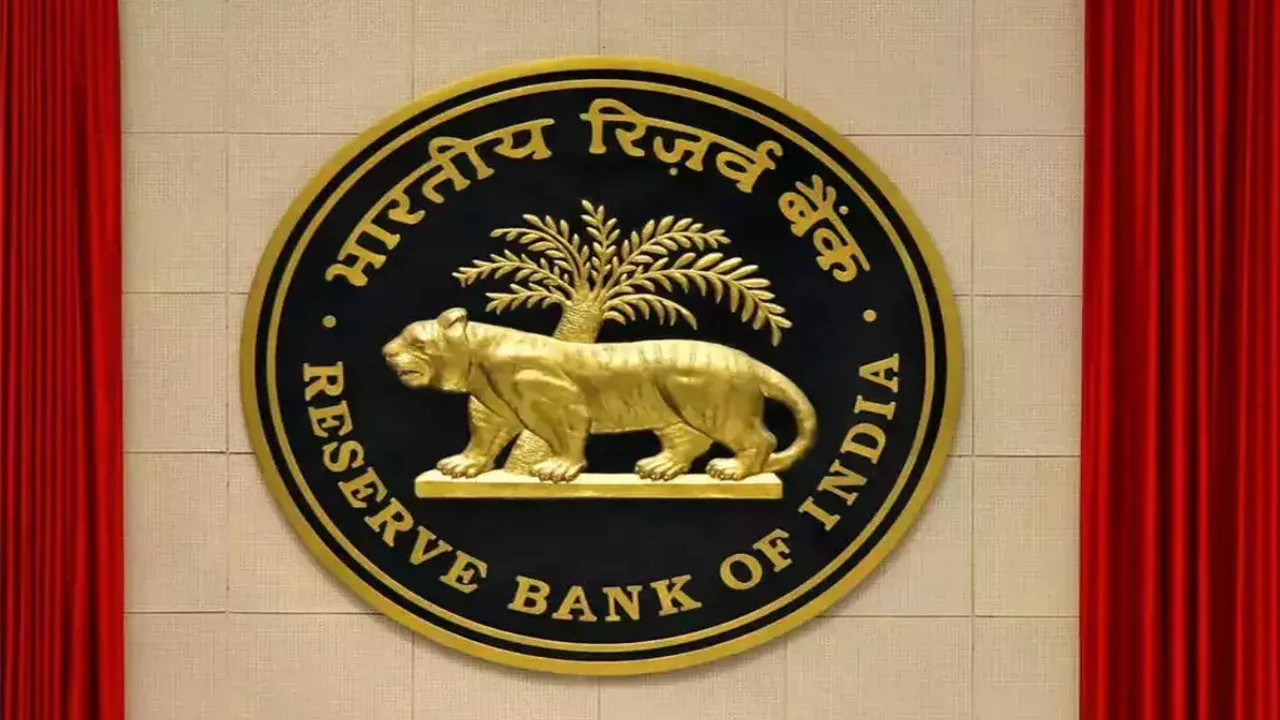Before 2025, Now RBI made a big decision. The RBI has the right to print new coins and notes running in the country. The process is completed in two stages when the RBI proposes to print notes and coins to the central government. After this, the central government takes a decision with the help of senior officials and economists of the RBI and the right to print coins and notes is given to the RBI. A similar process is followed when a note and coin has to be closed.
Right now, there are rumors going around online saying that the five-rupee coin is going to be discontinued. Let’s take a closer look at this news to find out what’s really going on.
In the country, we have two kinds of five-rupee coins. One is made of brass, and the other is made from a heavier metal. Lately, though, the heavier coin has been showing up less and less.
At the moment, neither the central government nor the Reserve Bank of India is producing the thicker five-rupee coins. You’ll mostly come across the brass ones in circulation.
At present, there are reports circulating online suggesting that the circulation of the five-rupee coin may be discontinued. Let us explore this information further to gain a clearer understanding.
In the country, there are two varieties of five-rupee coins in circulation: one crafted from brass and the other made from a denser metal. However, the distribution of the denser coin has seen a notable decline recently.
As it stands, neither the central government nor the Reserve Bank of India is issuing five-rupee coins made of the thicker metal. The brass coins are predominantly available in the market.
A key factor contributing to the cessation of the thick five-rupee coins is the fact that the metal utilized in their production can be repurposed to create four to five blades, which have a market value exceeding Rs 5. This economic consideration prompted both the government and the Reserve Bank of India to phase out these five-rupee coins.
There is a regulation stating that if the production cost of currency exceeds its nominal value, those coins or notes will be withdrawn from circulation. For example, if someone were to melt down a five-rupee coin to manufacture five blades and sell them for Rs 2 each, resulting in a total revenue of Rs 10, the value of the metal in the coin would be greater than its face value. This economic rationale, among others, influenced the RBI’s decision to discontinue the production of certain coins, including the thicker five-rupee coin.
